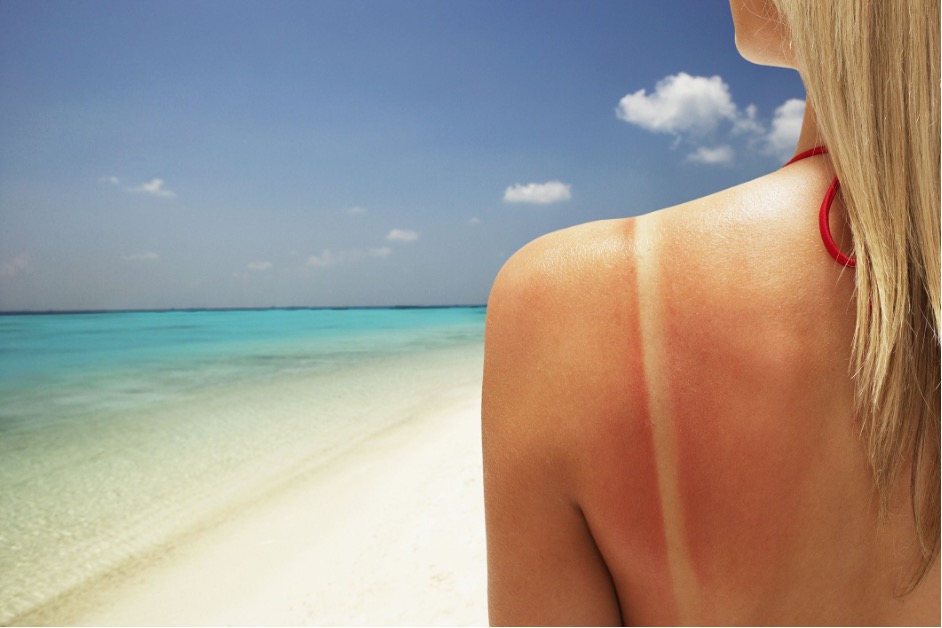What you need to know about six destinations with sunscreen bans.

Think the plastic straws you gave up sipping from are bad for our oceans? It’s time to consider the same about the sunscreen you use. Non-biodegradable sunscreens that contain harsh chemicals like oxybenzone have been proven to be toxic to coral reefs and other sea life.
Here are some of the most popular destinations that have banned non-biodegradable sunscreens, and how to switch to a permitted, responsible alternative.
U.S. Virgin Islands
The U.S. Virgin Islands have banned chemical sunscreens that are harmful to coral reefs, outlawing all imports and sales of sunscreens containing oxybenzone and octinoxate.
Hawaii
The reef-rich state of Hawaii voted to ban the sale of sunscreens that contain the reef-damaging chemicals oxybenzone and octinoxate. The move was an effort to put pressure on sunscreen manufacturers to better label and produce natural sunscreens that use equally effective zinc oxide, which doesn’t harm reefs. “In my lifetime, our planet has lost about half its coral reefs. We’ve got to take action to make sure we can protect the other half as best we can because we know that time is against us,” said Hawaii Senator Chris Lee. The ban doesn’t include cosmetic products like SPF makeup, or sunscreens prescribed by a doctor for medical reasons.
Key West, Florida
Key West, Florida—the home of the largest coral reef in the continental United States—followed Hawaii in enacting a non-biodegradable sunscreen ban. No stores in Key West carry sunscreens that contain reef-damaging chemicals.
Bonaire
Any sunscreens containing the ingredient oxybenzone are off-limits on the Caribbean island of Bonaire. Scientists studying the effects of oxybenzone and octinoxate on reefs have concluded about 90 percent of the reefs in the Caribbean have disappeared since 1980.
Palau
It’s not just the U.S. and Caribbean banning harsh sunscreens—parts of the Pacific are starting to follow suit. The archipelago nation of Palau became the first country in the region to enact a sunscreen ban. (Businesses can be fined up to $1,000 for selling non-biodegradable sunscreens.)
Mexican Vacation Spots
While there are many popular vacation spots in Mexico where typical sunscreen is accepted, many nature preserves require visitors to stick to reef-safe, biodegradable options. Popular cenote swimming holes in the Riviera Maya that are home to copious animal life typically require visitors to only use natural sunscreens. Ecotourism preserves and natural water parks like Xel Ha, Xcaret Park, Garrafon Natural Reef Park, and similar spots in Cozumel and Playa del Carmen also have banned the use of chemical sunscreens from their parks.
How to find natural sunscreen?
Once you’re at your destination, resorts and shops can (and will) charge a pretty penny for natural sunscreens. Stock up before you go to avoid the price gouge. Avoid all aerosol sunscreens (spritzing sprays are fine), and check the ingredients list yourself to make sure oxybenzone and octinoxate aren’t listed; not all sunscreens marketed as “natural” are actually reef-safe. Truly natural sunscreens typically list zinc oxide or titanium dioxide as an active ingredient.
Twist’s Take: Don’t get burned at these destinations by bringing the wrong kind of sunscreen.
